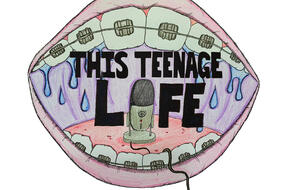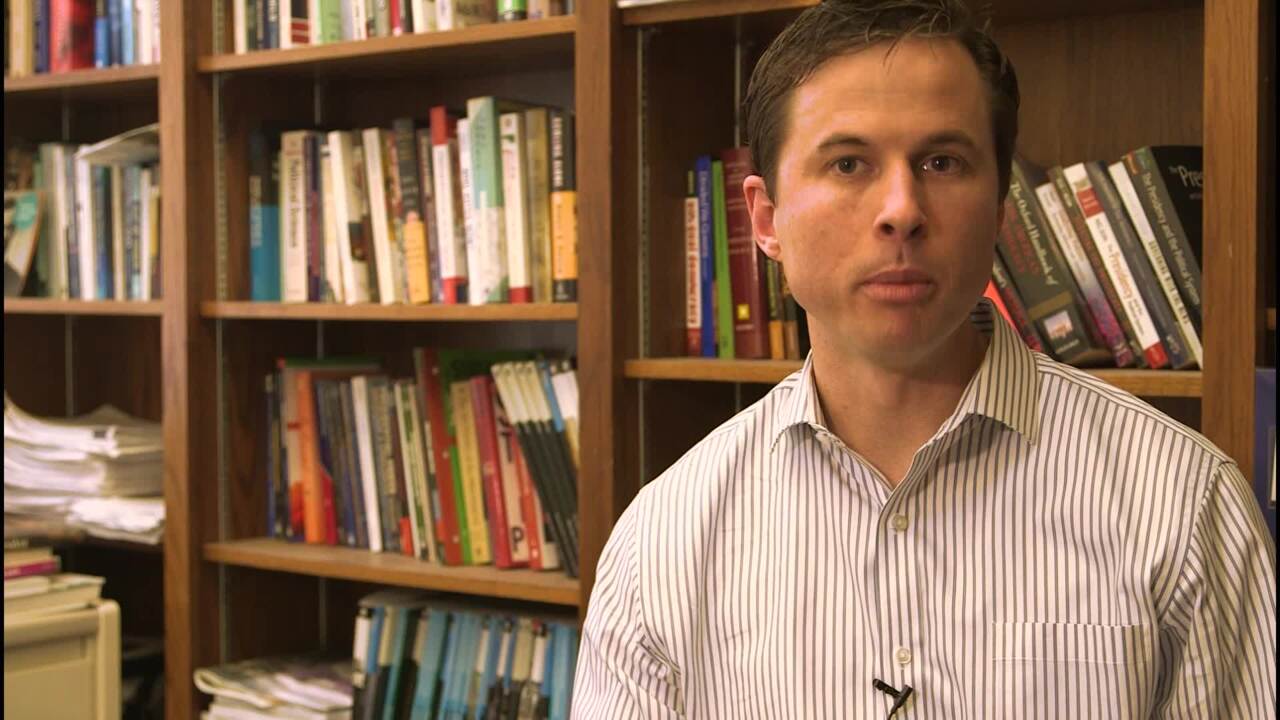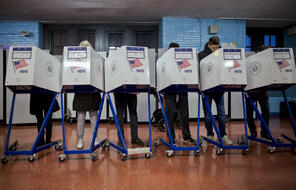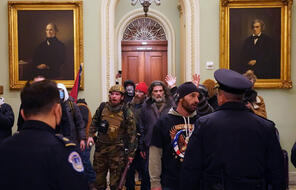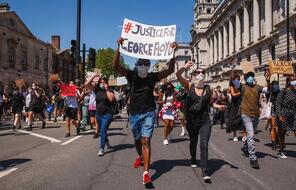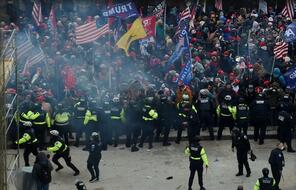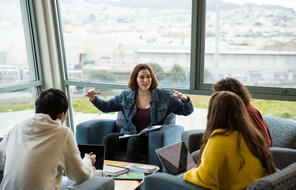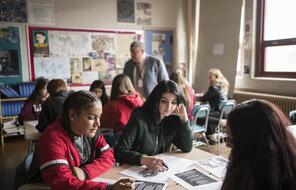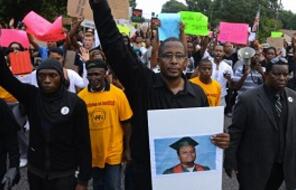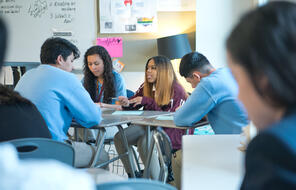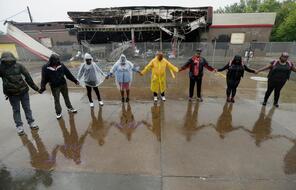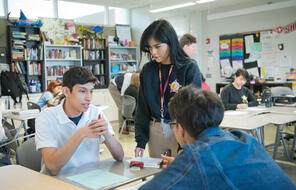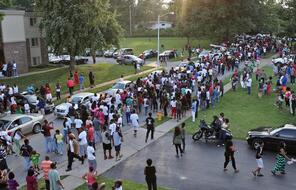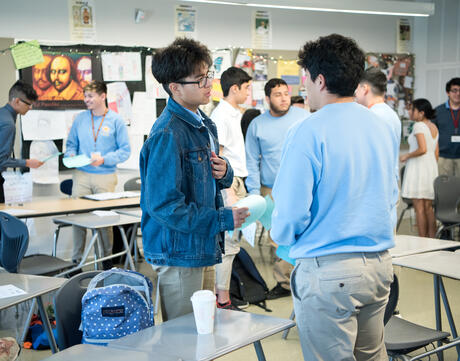
Confirmation and Other Biases
Duration
One 50-min class periodSubject
- Civics & Citizenship
- History
- Social Studies
Grade
9–12Language
English — USPublished
Overview
About This Lesson
This is the first of two lessons that explore the ways in which biases affect news and information—how news is created and reported (by journalists and others) and how we interpret it.
The lesson begins with an activity that helps students experience confirmation bias firsthand. Then, students gain context for their experience by hearing from experts about how confirmation bias operates in all of us. Finally, we set the stage for the ongoing discussion about the challenges of separating fact from fiction by listening to a National Public Radio story about efforts to correct rumors and fake news.
Lesson Plans
Activities
Extension Activities
Materials and Downloads
Explore the Materials
Unlimited Access to Learning. More Added Every Month.
Facing History & Ourselves is designed for educators who want to help students explore identity, think critically, grow emotionally, act ethically, and participate in civic life. It’s hard work, so we’ve developed some go-to professional learning opportunities to help you along the way.
Exploring ELA Text Selection with Julia Torres
On-Demand
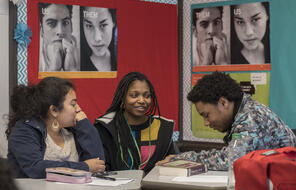
Working for Justice, Equity and Civic Agency in Our Schools: A Conversation with Clint Smith
On-Demand
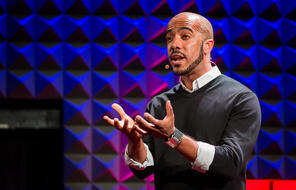
Centering Student Voices to Build Community and Agency
On-Demand
